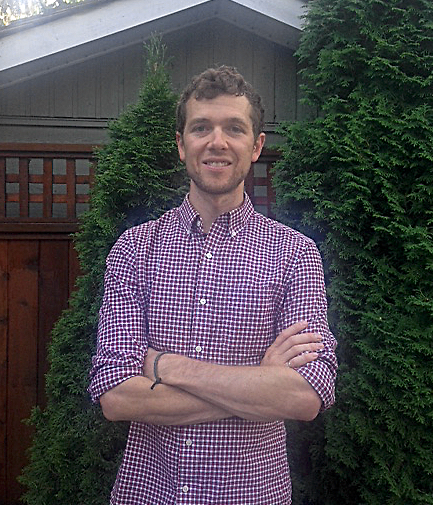Brady Faught is a Greenest City (GC) Scholar working with the City of Vancouver Green Buildings Team. He shares with us how Heat Recovery Ventilators (a specific type of ventilation system that is a focus of his internship project) play a key role in green buildings sustainability.
Buildings account for nearly 11 per cent of Canada’s greenhouse gas emissions. A large portion of these emissions comes from use of fossil fuels, including natural gas, for space heating. Canada’s varied climate accounts for higher heating and cooling-related energy use compared to other industrialized countries. Ensuring that consumers and industry adopt more efficient practices and equipment is an important factor in influencing GHG emissions.
What is the scope of your project?
My GC scholar project looked at improving a home’s energy efficiency and in turn, reducing the homes greenhouse gas emissions.
More specifically, my project involved the study of ventilation in new single family homes in Vancouver. I visited 18 homes (including 4 laneway homes) built by various builders to see how well their ventilation was installed, how the homeowners were using the system and if they were satisfied with the fresh air in their home. The findings from these home visits will hopefully shape improvements to the building code to make ventilation systems work as best as possible.
What is the role that heat recovery ventilation plays in Green Building design?
As of 2009, all new homes require a 'heat recovery ventilator' or HRV. This device not only provides fresh air for homes but also preserves the heat that's leaving in the stale air before it exits the house by exchanging it with the incoming fresh air. This saves significant amounts of energy and reduces the GHG emissions created when re-heating the cold, fresh air.
One of the challenges is that the HRV systems are not always installed in adherence with best practices. In addition to that, homeowners may not always understand or follow usage and maintenance guidelines for their HRV unit. We are hoping to improve both building practices and homeowner awareness so as to ensure optimal use and performance of HRV systems in buildings.
What new innovations, technologies or trends do you see emerging in Green Building design?
Heat Recovery Ventilation has long been a new yet obscure technology used mostly in Europe. As homeowners learn about the considerable benefits of not only the fresh, filtered air that the HRV provides, but also the significant cost savings, an incentive is being created to install high quality (and highly efficient) HRV systems. Some HRV systems can achieve an efficiency of over 95 per cent!
What’s one thing that individuals can do to advance sustainability?
We commonly scold someone idling their car in a parking lot, but we never think twice about the enormous amount of 'idling' our buildings are doing. Many older buildings, and even some new ones, are essentially hitting the accelerator and the brake at the same time: the heating is on while the windows are open - or the furnace is on at the same time as the air-conditioning.
Thousands of tons of CO2 are being emitted due to inefficient building design and use. We can reduce the 'idling' of our buildings through improved building design, using passive heating from the sun, passive cooling using air flow, and by putting on a sweater instead of cranking up the thermostat.
 |
Brady Faught is a recently graduted UBC Master of Clean Energy Engineering student. As a Greenest City Scholar, he works on the Green Buildings Team, conducting the Heat Recovery Ventilation study. |